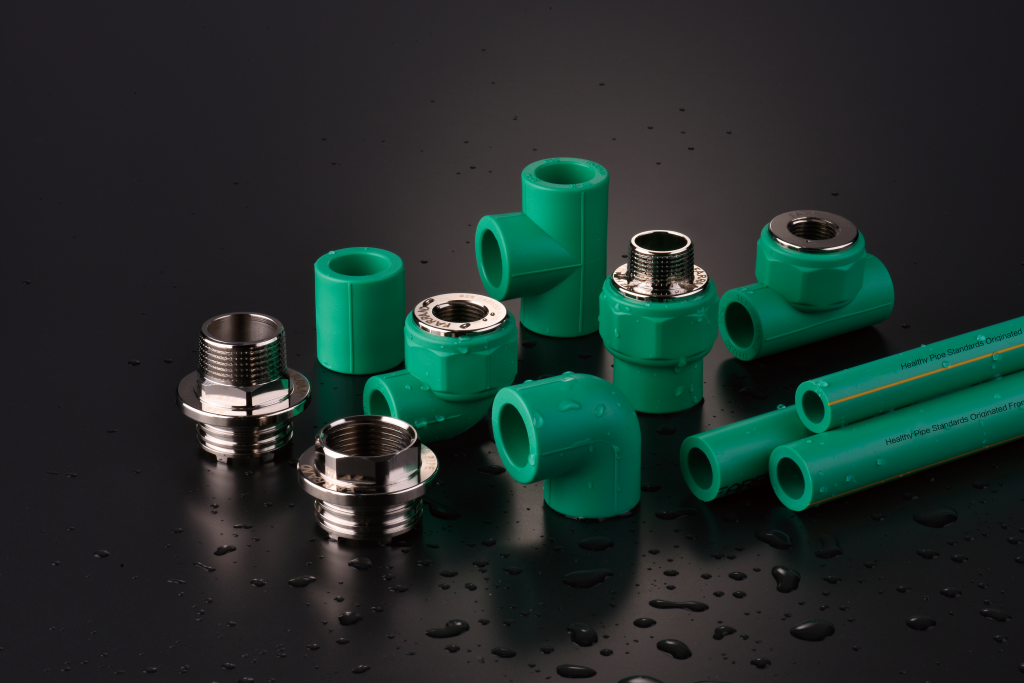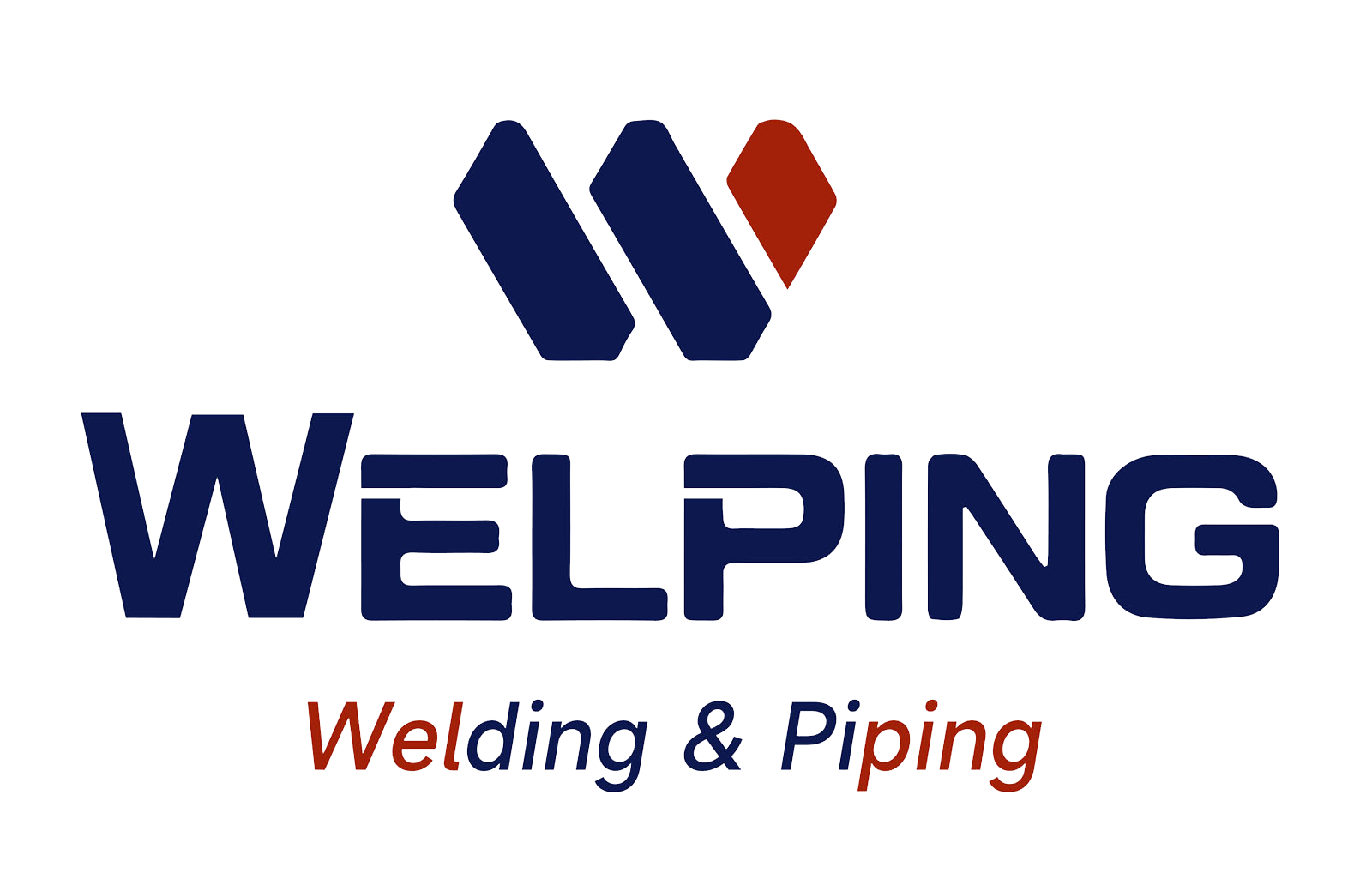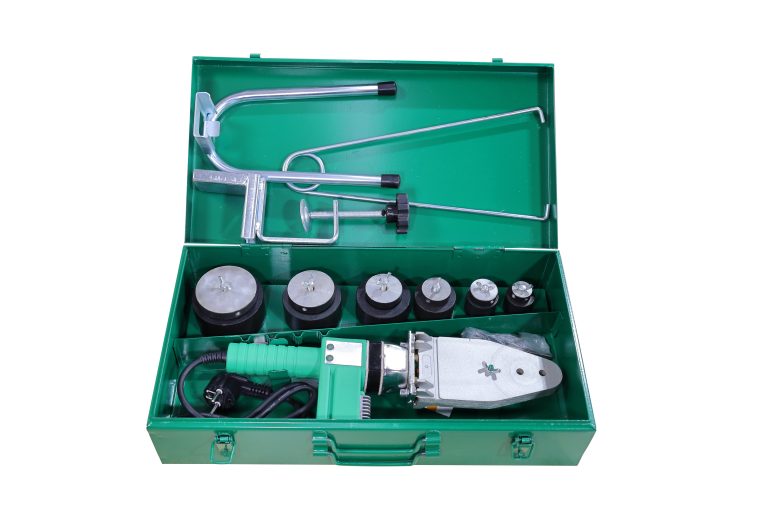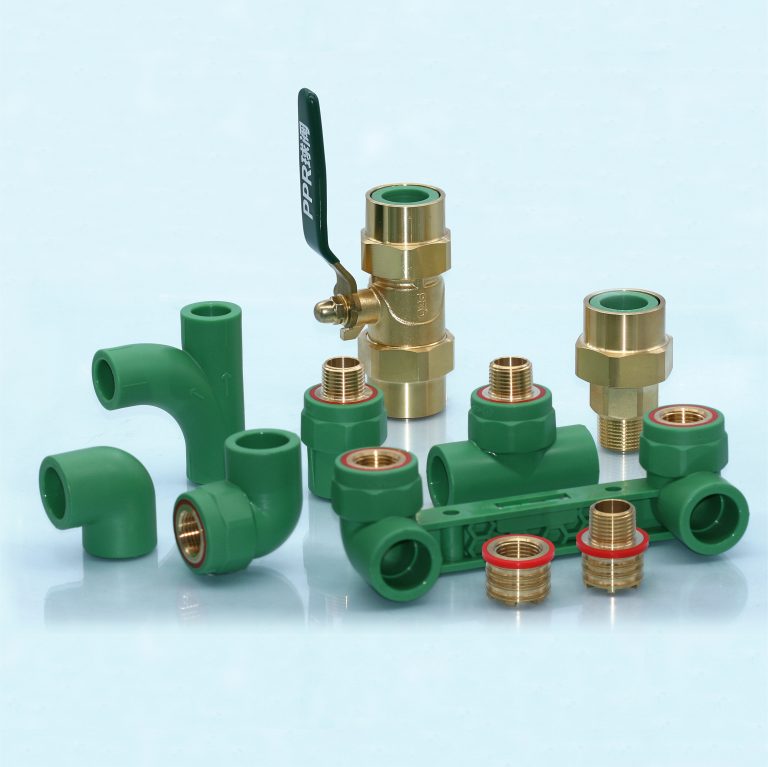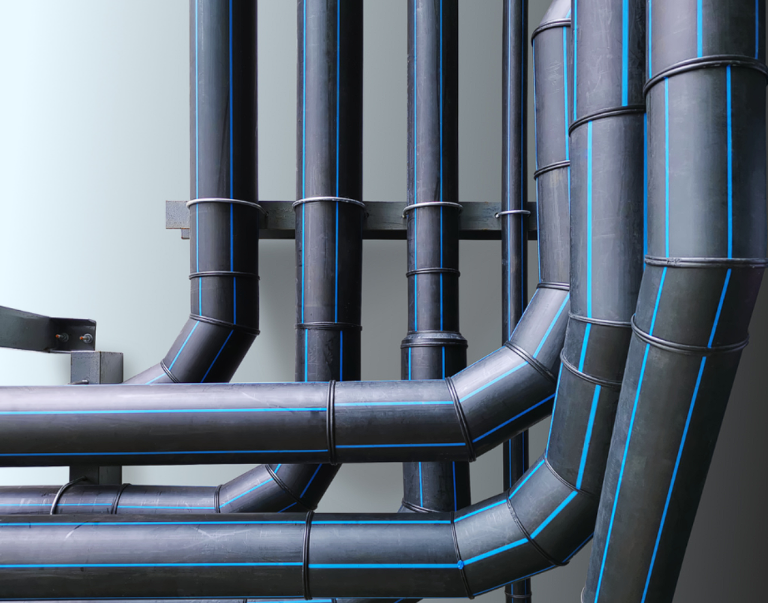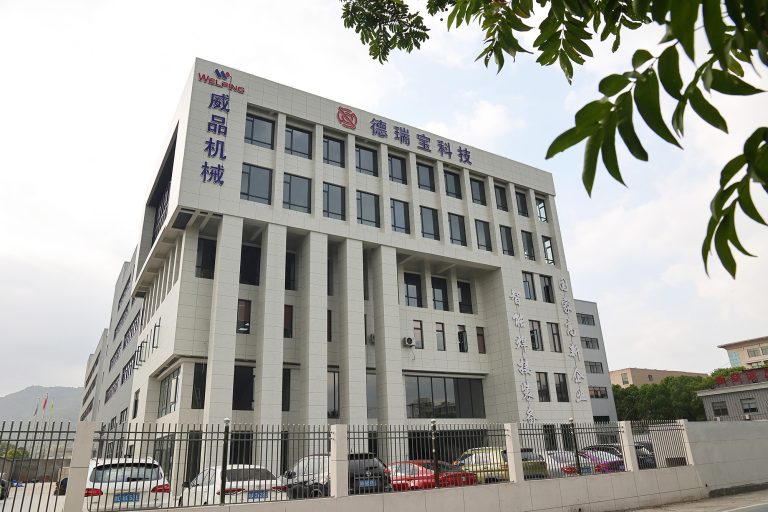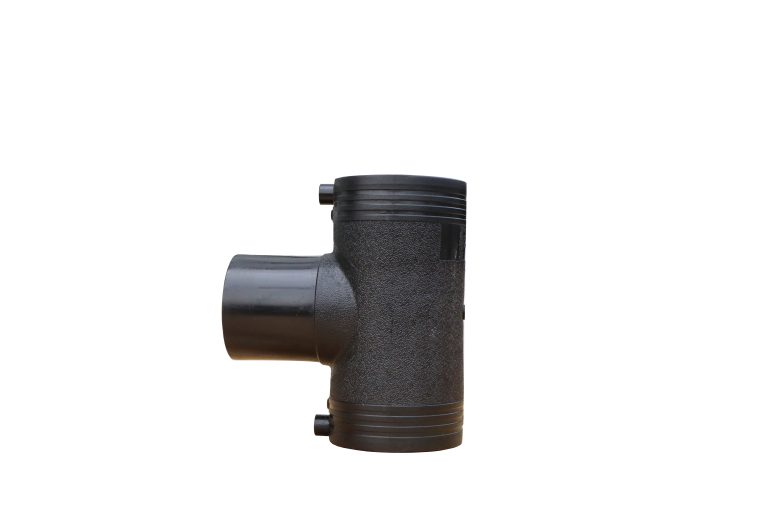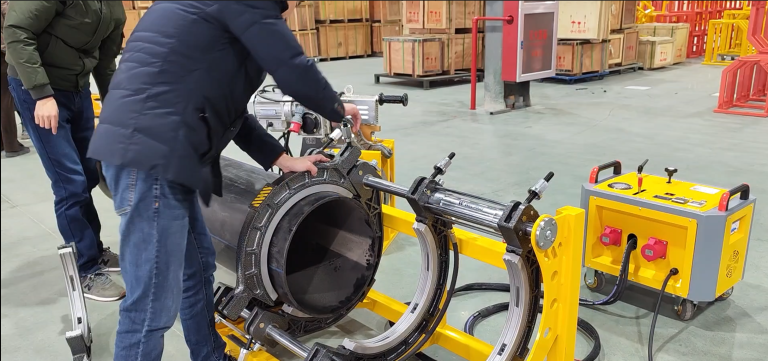There are many classifications of water pipes on the market. Most people only know that plastic pipes are more economical and durable. However, plastic pipes also come in many material categories, such as PE pipes and PPR pipes, which can be used as water supply pipes. So what’s the difference between the two? If you are an ordinary consumer, which kind of household water pipe is better to choose?
1.Differences in raw materials between PE pipes and PPR pipes
PE pipe is the abbreviation of polyethylene. According to density classification, PE can be divided into three types: LDPE (low density polyethylene), MDPE (medium density polyethylene), and HDPE (high density polyethylene). It is a kind of pipe produced by a variety of processes. , a series of resins with various structures and properties and various uses.
WELPING’s existing PE water supply pipeline system uses imported high-density polyethylene HDPE resin as the main raw material, and then adds necessary antioxidants, ultraviolet absorbers and other additives, and is a new type of plastic extruded by an extruder. Pipe products.
PPR pipe is also called random copolymerized polypropylene pipe. Due to the use of random copolymerization technology, the strength and high temperature resistance of PPR pipe are well guaranteed. It also has good impact resistance and long-term creep performance. It is used in home decoration projects. The most common type of water supply pipeline.
WELPING’s existing PPR pipeline system uses imported raw materials, which are from the world’s top overseas chemical giants. They are more environmentally friendly and safer. The products are subject to triple inspection of raw materials, online and finished products. They are suitable for concealed domestic hot and cold water supply pipes.
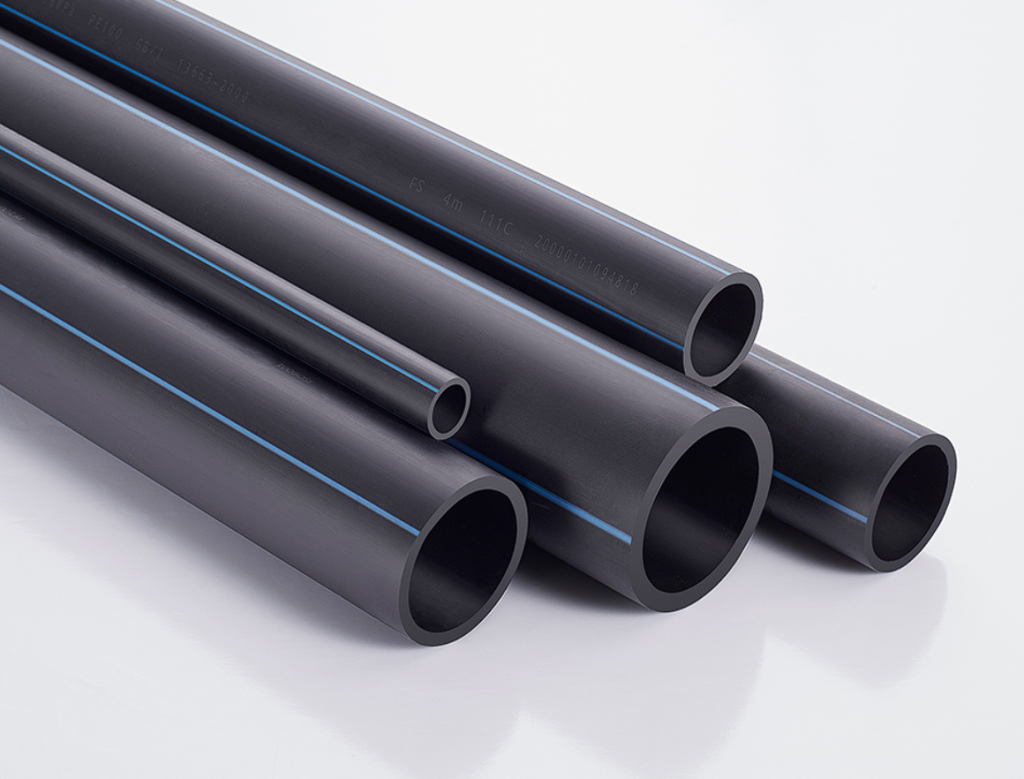
2.Differences in temperature resistance between PE pipes and PPR pipes
Generally speaking, PE pipes have excellent low-temperature resistance, while PPR pipes have better high-temperature resistance.
The low-temperature embrittlement point of PE pipe is -70°C and can be safely used in the temperature range of -40~45°C. It has obvious advantages over other pipes when used in outdoor cold water pipes. Since municipal pipes are generally used for residential water transportation and rarely involve hot water, and there is no need to worry about being frozen when exposed outdoors, it is reasonable to use PE pipes. For example, WELPING PE pipes have excellent low temperature resistance and impact resistance, and are not prone to pipe brittleness during winter construction. The wear resistance is 4 times that of ordinary steel pipes. It is an ideal pipe material to replace ordinary cast iron pipes and is widely used in various municipal projects.
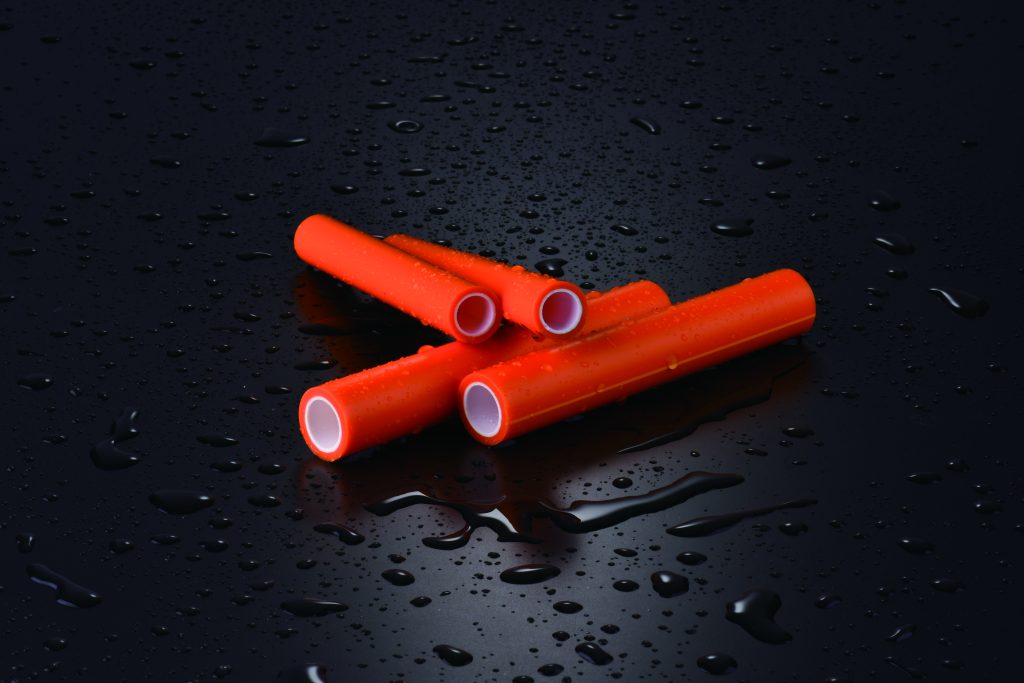
The conventional temperature of household water supply is around 50℃. If it is operated for a long time at this temperature, the aging rate of PE pipe will be greatly accelerated, so it is not suitable for household water supply. Ordinary PPR water supply pipes can generally be used at an operating temperature of 70°C for a long time, which can meet the requirements for hot water systems in building water supply and drainage specifications. PPR water pipes with better quality have better temperature resistance. For example, WELPING Anxin PPR water pipe uses a fiberglass layer in the fiberglass antibacterial pipe, which can effectively improve the temperature resistance of the pipe. Under appropriate pressure conditions, the maximum operating temperature is as high as 95°C, and the long-term operating temperature is 80°C, effectively preventing high temperatures. Pipe burst situation, especially suitable for hot water pipeline systems
3.Differences in size specifications between PPR and PE pipes
According to the latest national standards, the outer diameter of PE water supply pipes is usually between 16-2500mm, the nominal pressure is between 0.4-2.0pn, and the specifications cover a wide range.
The outer diameter of PPR water supply pipes is usually between 16-200mm, which is divided into five series: S5, S4, S3.2, S2.5, and S2. There is no large-diameter PPR water supply pipe, and it is mainly used for internal cooling in residential construction. Hot water pipes.
It can be seen that PE pipes and PPR pipes have their own advantages, and there is no essential difference between them. Under different environments and specific conditions, different pipe materials need to be selected. In summary, PE pipes are suitable for large-diameter and outdoor pipes; while PPR pipes are suitable for hot water and indoor decoration, which are more suitable for ordinary households.
